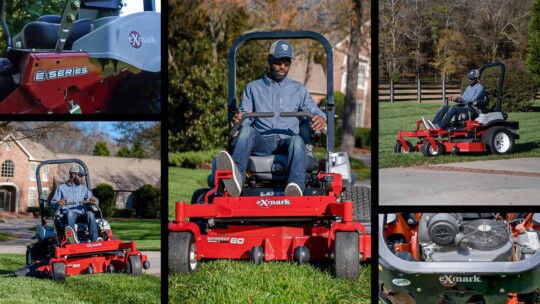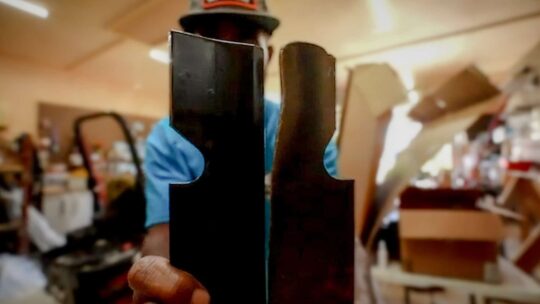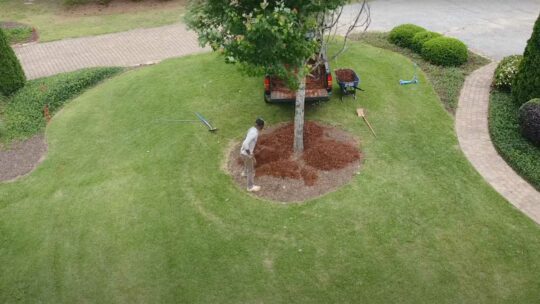In this Backyard Life video, expert landscaper and pro-fisherman Brian Latimer shares his tips on how to overseed your lawn to make it look thick and green. Overseeding a lawn is simple, explains Latimer: “I love doing it. I love making a yard look really, really good. And the only way to do that—especially if you have a cool-season grass—is to overseed it in the fall.” To overseed, you only need a few tools, and to follow a few basic steps to get the best results.
What is Overseeding?
Overseeding is the spreading of grass seed over an existing lawn. Done right, it’s a straightforward process that gets results. As grasses mature, thinning is normal—especially if you enjoy your lawn and use it often. Overseeding keeps your lawn competitive and steeped in youth and vigor, without starting over from scratch.
When to Overseed a Lawn
A common question Latimer hears is, “Why do I need to overseed?” Cool-season grasses, in particular, don’t have root systems that regenerate. During the summertime when it’s hot, you’re going to lose a bit of turf. And, some of that grass is going to die to disease simply because it’s a cool-season variety. That same grass is also going to die back or be damaged due to the hot weather. Given all of that, it’s best to overseed in the fall.
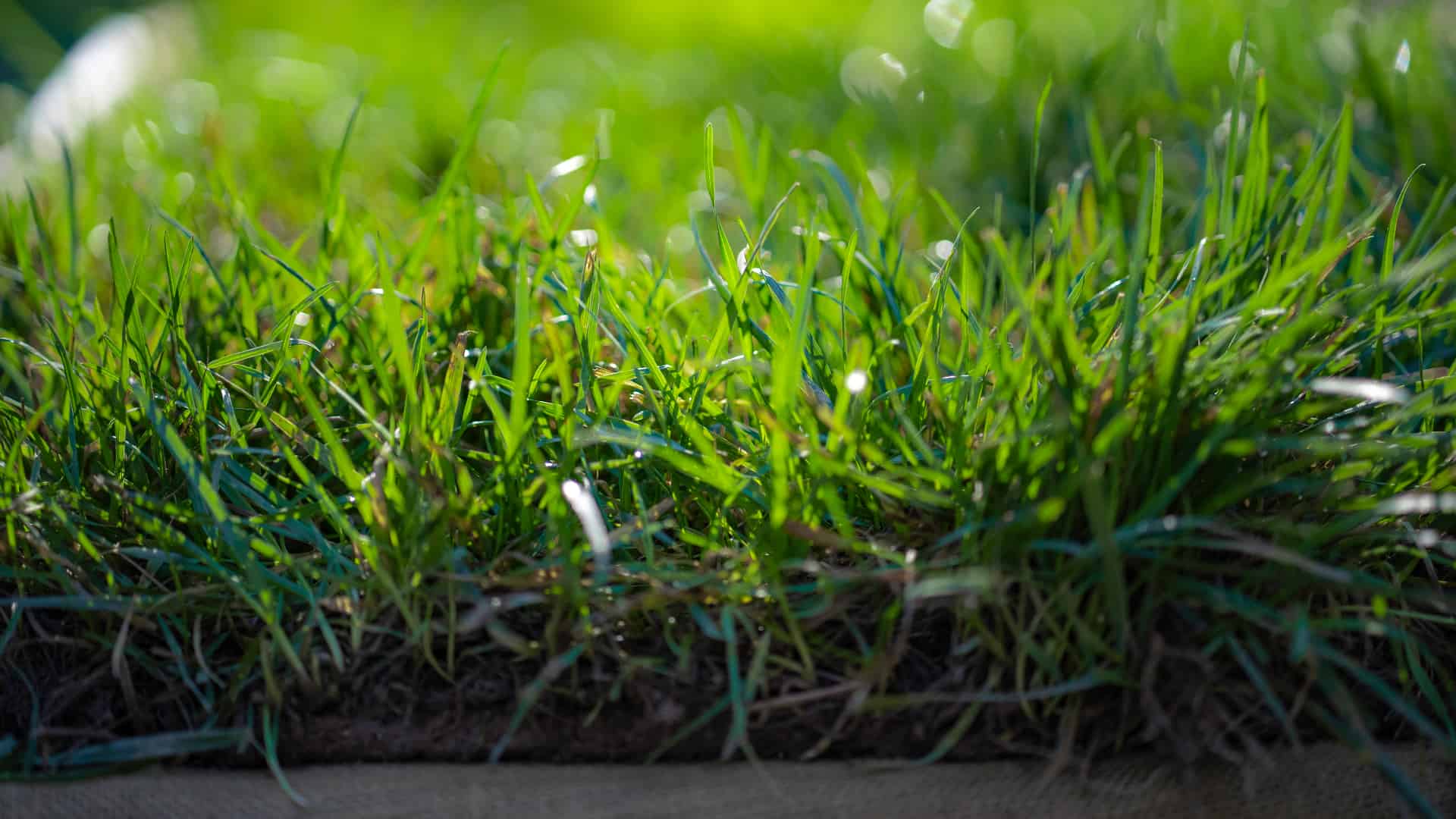
RECOMMENDED VIDEO
Grass 101: How To Choose The Best Grass Type
Looking for the perfect backyard grass? Look no further—we’ve done the legwork for you!
How Often Should I Overseed?
How often you overseed depends entirely on your location. If you live in a warm weather region, it’s recommended that you overseed once every three years. In colder climates, you should look to overseed once every five. No matter your region, you should always aim to overseed during the cooler months.
It’s not a bad idea to test your soil once a year, for many reasons, to make sure your grass truly needs reseeding. Soil tests are the best indicator of the health of your grass.
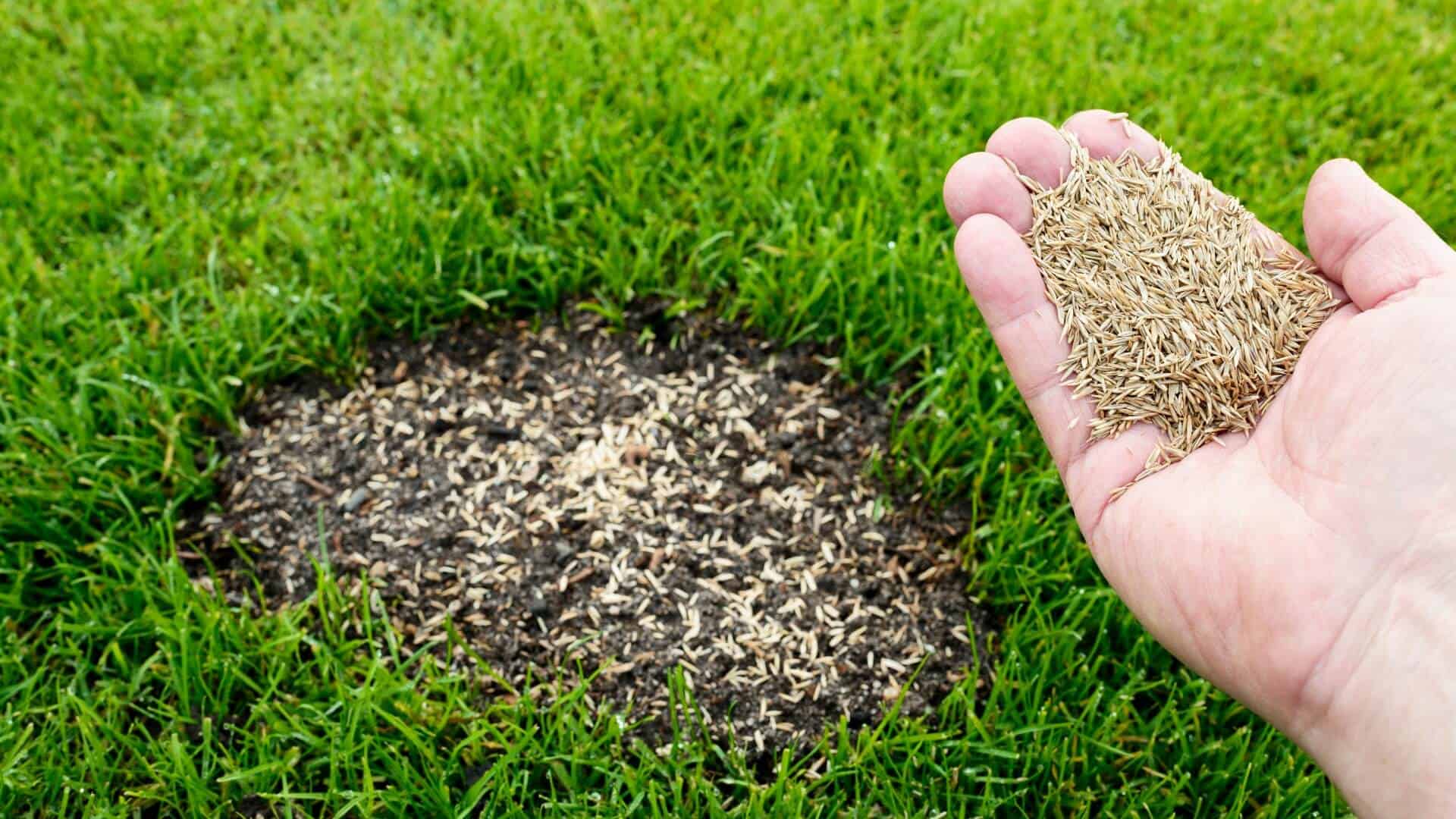
How to Overseed a Lawn
Can you mow after overseeding?
When you decide to overseed, the first thing you need to do is mow your lawn. Long grass looks great in the summer, but it’s not conducive to getting the seed to the soil in the fall. When you overseed a lawn, you need seed-to-soil contact for the grass to germinate. To increase contact, you have to mow your lawn really close to the ground. Latimer recommends getting your lawn to at least 2 to 2.5 inches high before you begin. The shorter, the better.
Remove Debris
Always ensure your lawn’s clear of leaf and debris matter. If your seed-to-soil contact ratio is inhibited by leaves or any kind of moss on the soil, that’s going to cause you trouble down the road. Namely, hindering successful germination.
Aerate Your Lawn
Aeration serves a dual purpose. Of course, it’s one way of breaking up the compaction caused by mowing throughout the season. The second reason to aerate, says Latimer, is because it also creates the perfect little environment for your seedlings to germinate. As an example, Latimer fills a cup with a little bit of soil to represent the core plug that was just created by running the lawn aerator across an entire yard. The opening of the cup is the hole created by that plug. When you go to lay down new seed, the seed goes inside that hole. So now, explains Latimer, if a big storm comes in the fall, that seed can’t be blown or washed away because it’s protected in the core plug—a perfect environment for it to germinate.
Fertilize
When you fertilize, the same thing happens. If you spread fertilizer over the entire yard, it goes into the core plug where the seed is and won’t get washed away, either. When it does rain, the seedling is lower in the ground, providing protection and ensuring it will hold moisture longer. It will also provide a much needed layer of defense in the case of a surprise cold front. In a way, says Latimer, aerating creates the perfect little greenhouse for seedlings to grow in.
Take Care of Leveling Issues
While you’re overseeding your yard, it’s also a good time to take care of any potholes or areas where you’ve removed trees.
Spread the Seed
This is the easiest part of the overseeding process. If you have a big yard, Latimer suggests using a broadcast spreader. If you have a really small yard or area to overseed, you may be better off with a drop seeder so you can drop those seeds directly to the soil. But overall, Latimer suggests using the broadcast spreader because it will be a lot quicker and easier to be precise with your seed droppings.
Final Overseeding Tips
After overseeding, Latimer says to always keeps a watchful eye out for any debris that blows onto your lawn—and remove it as quickly as possible. If not, it’ll ruin all the work you’ve just put in. Second, don’t mow for a very long time. Stay off of the lawn for at least three to four weeks. During this time, water’s going to be the next most important part of keeping it in survival mode. That seedling is very tender in the beginning and needs lots of care. So, keep an eye on the moisture content in the soil. Simply put, if it’s not getting water, it’s going to die. If you don’t have an irrigation system, now’s the time to consider investing in one. Then, you can set the timer, walk away, and not have to worry about it.
While this may seem like a lot of work to keep your cool-season grass looking great year round, Latimer promises that—in the end—it makes for a very, very spectacular lawn.

